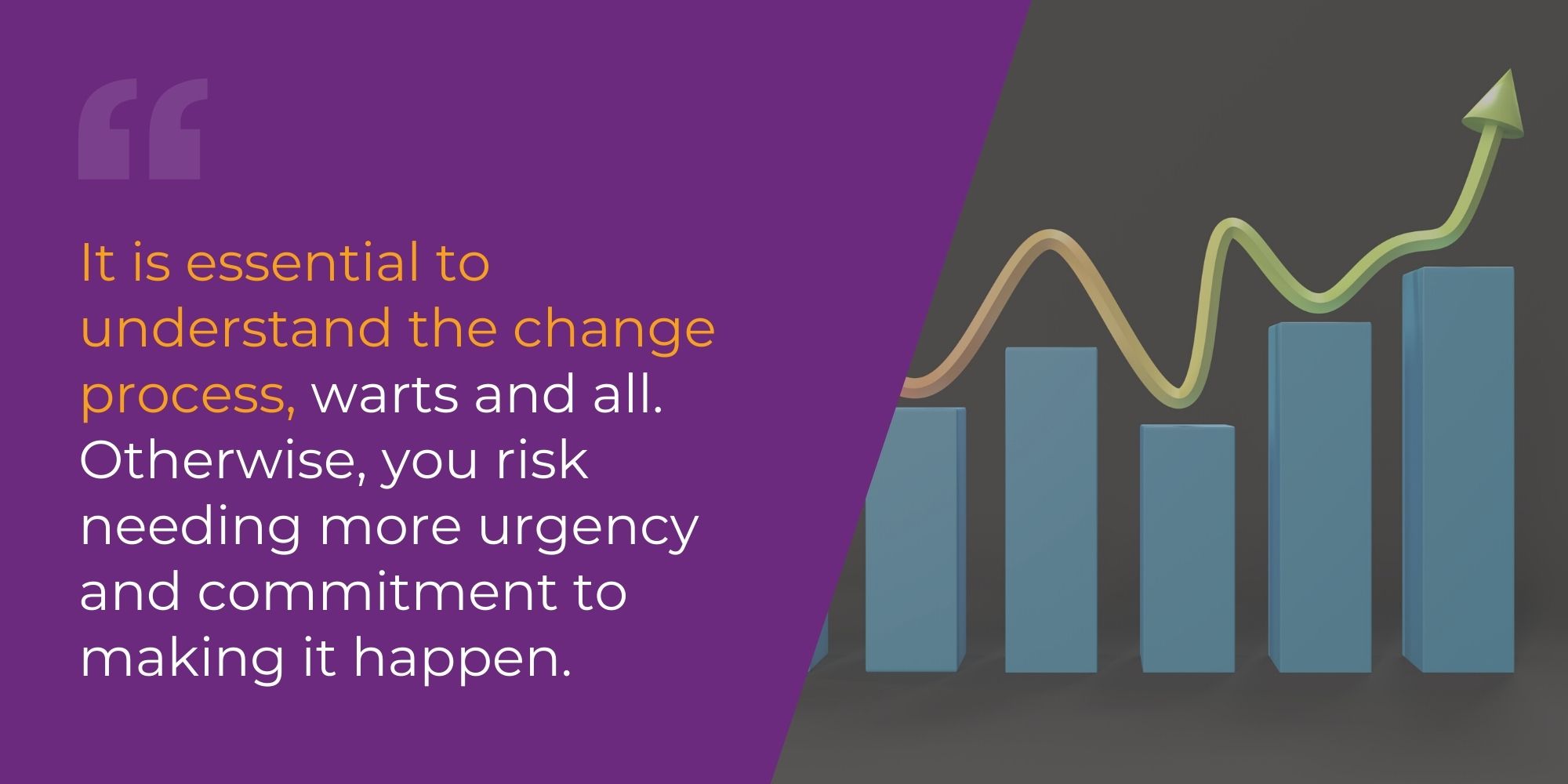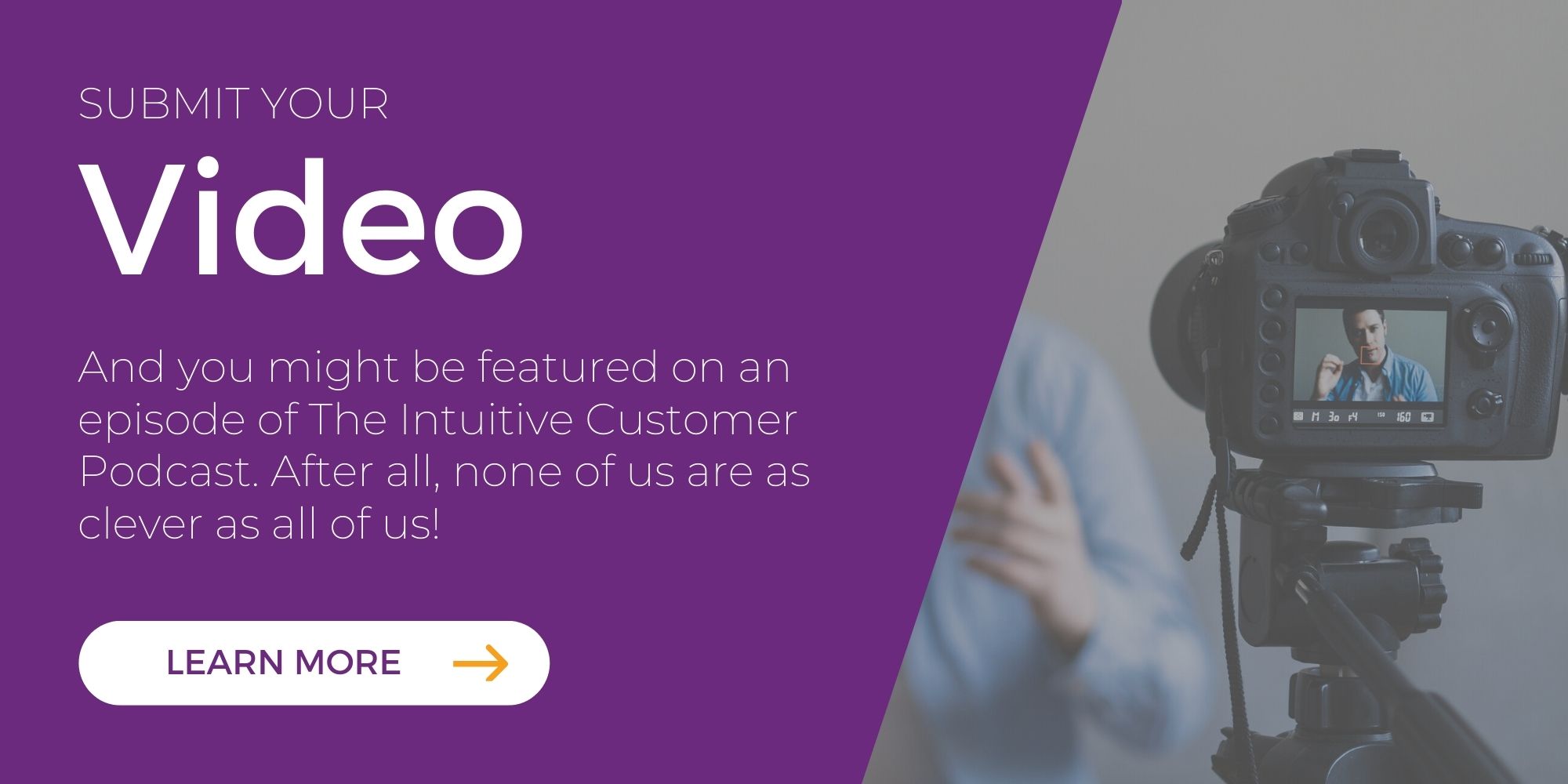Learn more about Colin Shaw: Join over 80,000 people on our LinkedIn Newsletter list or visit our website for more great podcast episodes.
Listen to the podcast:
“Colin, could you tell me the one thing that we need to do to improve our Customer Experience?”
This question is one that many of my clients want to ask me. They don’t say that in so many words, but effectively, that’s what they were asking me to do. What they’re after is a silver bullet.
Unfortunately, I always disappoint them. There is no silver bullet solution for improving Customer Experience.
It’s understandable why clients want this silver-bullet solution to their experience problems. If only there were one. The same goes for diet plans or financial growth. If there were one rule to follow to lose all the weight we wanted or to gain the wealth we wanted for ourselves and our families, we would be ecstatic to implement it, wouldn’t we?
After all, I’ve been trying to learn the guitar for the past three years. What’s the silver bullet there? Practice…for hours and hours and hours. Hours of practice is not the silver bullet solution we are wishing for. It’s hard work. Hard work is the answer to many of the things that we want.
So, when you find yourself in this position where people want a silver bullet solution for a problem before them, it helps to understand why people want that. Then, you can work with them to accomplish the hard work it will take to get what they want.
To that end, I present the seven reasons people want a silver bullet solution to their problems.
Reason #1: Instant Gratification
We all want to get what we want as soon as possible. For example, I would like to pick up my guitar and play the solo from the Eagles’ song “Hotel California.” I don’t want to have to learn the chords and finger placement necessary to play it first; I want to wail away on my guitar sans practice.
My wish to play this complicated guitar solo without effort is silly. Similarly, it isn’t very reasonable to think there is a solution for your customer that can also fix your experience without the effort.
Part of the reason we want this simplified solution for experiences has to do with customer systems sales. In the early days of Customer Relationship Management (CRM) solution sales, the pitch included the idea that asking customers what they want and recording their feedback in the CRM would do just that. It didn’t do that, but the promise of it did sell a lot of CRM systems.
Moreover, we love stories that tell us fixing one thing that changes everything is possible. Perhaps you can think of a heroic tale of a leader who did just that, and then everything in the business turned around. The reason you remember it is because it is so rare.
The reality is that change and improvement usually take time. Also, making one change can make a significant difference in some instances but is unlikely to fix everything that ails your experience. Consistency plus time is key for improvement.
Reason #2: Cognitive Ease.
We understand the world by creating mental models of it. If we want to understand and predict something, we simulate it.
However, we have hard mental limits on imagination and how we understand things. The human brain struggles with complexity. So, we simplify things, which often leads to oversimplification.
The need to keep things simple means we prefer a silver-bullet solution.
Reason #3: Feeling overwhelmed leads to avoidance.
Have you ever opened your email and seen a long, detailed message and then skipped it to move to an easier email to manage? I know I have. That’s because the amount of text is overwhelming, and you want to avoid dealing with it, so you put it off until later.
It’s not just email where this happens. We sometimes have the same thing with deciding what path to take forward.
Not all decisions overwhelm us. Some decisions are easy; very black-and-white decisions can be quick. However, when the right answer could go either way, we might begin to feel overwhelmed and avoid making the decision. We are afraid we will make the wrong one.
To a certain extent, this decision avoidance can happen with Customer Experience. The entirety of the project can be overwhelming, which makes people avoid moving forward with any part of it. My job in these situations is to present a manageable chunk of information about Customer Experience, which helps clients move forward rather than get overwhelmed by the enormity of it.
Reason #4: Cultural Influences.
Sometimes, the people around you or your organization’s environment might drive the need for a silver-bullet solution. If management charges you to fix the problem quickly, you need a solution that produces results quickly. Naturally, one would want a powerful tweak that might accomplish that to management’s satisfaction.
Six months is one of those time limits one hears in business today. Let’s get our new sales strategy up and running in six months. Let’s turn these operational results around in six months. Let’s fix [general problem with part of the customer process] in six months.
However, there is not one thing you can do for experiences that can fully solve the problems one might have with it in six months. So, anyone charged with doing so in six months will not be successful.
What is possible is a quick win. When you are in a situation where the work culture where you are improving the experience wants something fast, you can find a solution that produces results in part of the experience quickly. It won’t solve all of the problems in an experience, but it will show effective progress and the impact of making an effort. Sometimes, evidence of that improvement in the quick win can satisfy the need for speed, buying you more time to continue experiencing improvement efforts.
Reason #5: Misunderstanding the change process.
It is essential to understand the change process and what drives it. Too many organizations address their experience because they see everyone else doing it. However, keeping up with everyone else is not a compelling enough reason to go through the pain of a change process, nor does it inspire a sense of urgency to get going on it.
By contrast, knowing that your livelihood depends on changing is compelling. If not changing means that the team will be disbanded and the company sold off, then change happens, painful process and all.
It is essential to understand the change process, warts and all. Otherwise, you risk needing more urgency and commitment to making it happen.
Consider my recent weight loss. I was compelled to lose weight because my wife and I were doing it together before a surgery she was having. So, we had urgency.
Then, we determined an area that needed improvement was the amount we ate. So, we adjusted that to a much (much) lower level and learned healthier eating habits. As a result, we have lost the weight slowly and incrementally and kept it off for a year now. Eating right has become part of our lifestyle. If I had engaged in a fad diet where I changed a lot of things about my lifestyle all at once, I might have lost weight. However, as soon as I slid back into my old habits, I would have regained it.
Much like weight loss, Customer Experience improvements result from small incremental changes. So, when you make a change, make it for good, consider how you will sustain it, and measure it to ensure that it always becomes part of your customer experience.
Reason #6: Optimism Bias
People assume whatever they are implementing will work out better than it typically does. We call this an Optimism Bias.
Optimism Bias about the effectiveness of our solution implementation leads to silver-bullet solution thinking. This one thing will have a more significant impact than it will. In reality, it will have less effect than we thought.
I am guilty of this thinking. I am hopelessly optimistic about my ability to tackle multiple projects and resolve them all. I plan to learn to prioritize my efforts and concentrate on resolving complexities one at a time.
A healthier approach to this Optimism Bias is to retain that hopefulness about doing something about the problem to good effect but to be realistic about what it will take to solve it. Several solutions will create smaller impacts that, when combined, significantly affect the experience.
Reason #7: Resistance to incremental change.
If you take an opposite view to the silver-bullet solution, you embrace incremental change. However, the idea of all the little adjustments to business-as-usual can be too much sometimes (See Reason #3).
The fact is that incremental change is difficult. It means changing habits and altering behavior. Plus, change feels uncomfortable, which is hardly a state of being that we seek out as humans. Sometimes, it feels easier to make a couple of large changes rather than a bunch of little ones.
Consider weight loss again. We all know how to lose weight: You need to eat less than you burn off. Stated like this, it is a silver-bullet solution. However, eating less than you burn is not a one-and-done activity; many little things go into it.
For example, you need to consume fewer calories, which might mean changing your foods to more proteins and fewer carbs and sugars. It also means burning more than you do presently, which portends increasing exercise with more cardiovascular workouts and weight lifting to build muscle mass. These little changes lead to big changes on the scale, but none of them are easy to do, and they can all make you feel uncomfortable.
Faced with all these little changes to lose weight and all the discomfort associated with them, one might be tempted to replace breakfast and lunch with a shake and leave the weight loss strategy at that. That one big change sounds better than all those little changes.
To combat this natural reaction to change, it is important to provide a quick win to show people that the little changes that will work to improve the experience can yield results fast. That motivates people and helps them continue the hard work required to get where they want to go, experience-wise.
There you have it. The seven reasons we prefer silver bullet solutions. Perhaps the key takeaway is that when looking to improve your experience, remember there isn’t a silver bullet. I don’t want to scare you, but it takes hard work in many areas to improve things over time.
Moreover, avoiding silver-bullet solution thinking is fighting against many of our natural cognitions. So, be patient with yourself and your team. Appreciating the complexity of the problems you have in your experience leads to a realistic approach to improvement that will give you the outcomes you are hoping to achieve.
Thanks for reading, we appreciate you! Get access to your free ebook here, and why not tell a friend?
Have something to say? We are looking for people to share their new ideas, opinions, thoughts, reports, or statistics in a 5-minute video & audio. We will run this at the show’s top, and Colin will discuss it with his co-host, Professor Ryan Hamilton. This is an excellent opportunity to get your message to a vast audience. Currently, the podcast has 12,000 downloads per month on average!
If you’re interested in submitting, fill out the form here.







